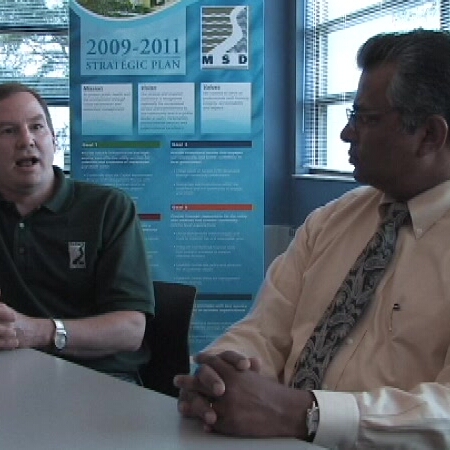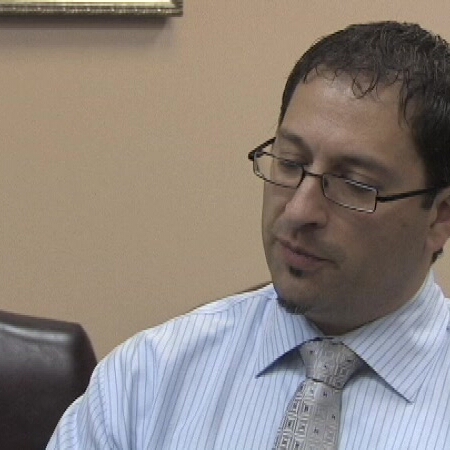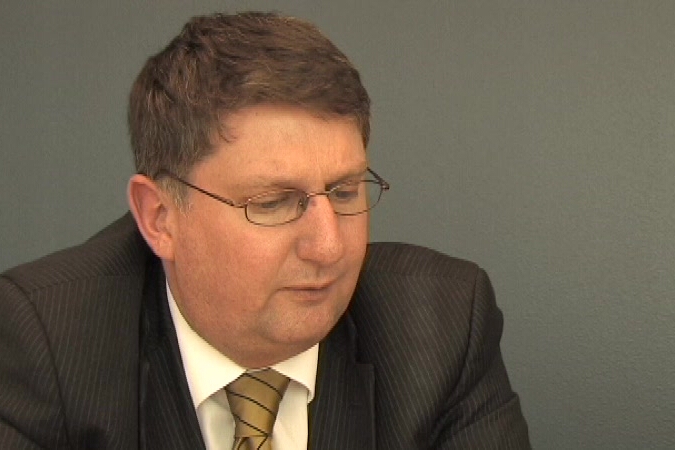The main consideration with all operation and maintenance activities and capital expenditures is how much risk the utility is willing to tolerate. The utility can spend less if it is willing to accept more risk (i.e., increased failures of high and medium risk assets) and more if it is willing to accept less risk (i.e., intervening to prevent failures for high and some medium risk assets.) The utility should invest money to reduce the failures it feels cannot be tolerated. This investment should be made in both operation and maintenance expenses and capital expenditures. Money should not be spent to prevent failures of low risk assets. These assets should be replaced after they fail.
As a starting point, a utility can ask itself the following questions:
- Did we experience bad consequences from failures last year?
- How bad were they for customers?
- Did customers complain about the consequences of any of the failures?
- Did we incur additional costs from fines or legal expenses because of severe consequences?
If the utility can say that there were few really severe consequences from failures, then perhaps the utility is appropriately managing its risk from asset failures. If the utility had a lot of negative consequences from failures and the customers are expressing concerns about failures, then perhaps the risk level is not well-managed. In that case, the next questions the utility should ask include:
- Are we doing enough to prevent highrisk assets from failing?
- Are the maintenance activities focused on the high risk assets?
- Have we properly identified the high risk assets?
- Will our customers be willing to pay more to reduce the risk in the facility?
All of the techniques and tools in this chapter should help the utility manage its risk at the appropriate level.
When I cannot bear the risk of that
asset failing, I will replace it.
--Ross Waugh, New Zealand
|
LC-33

|






